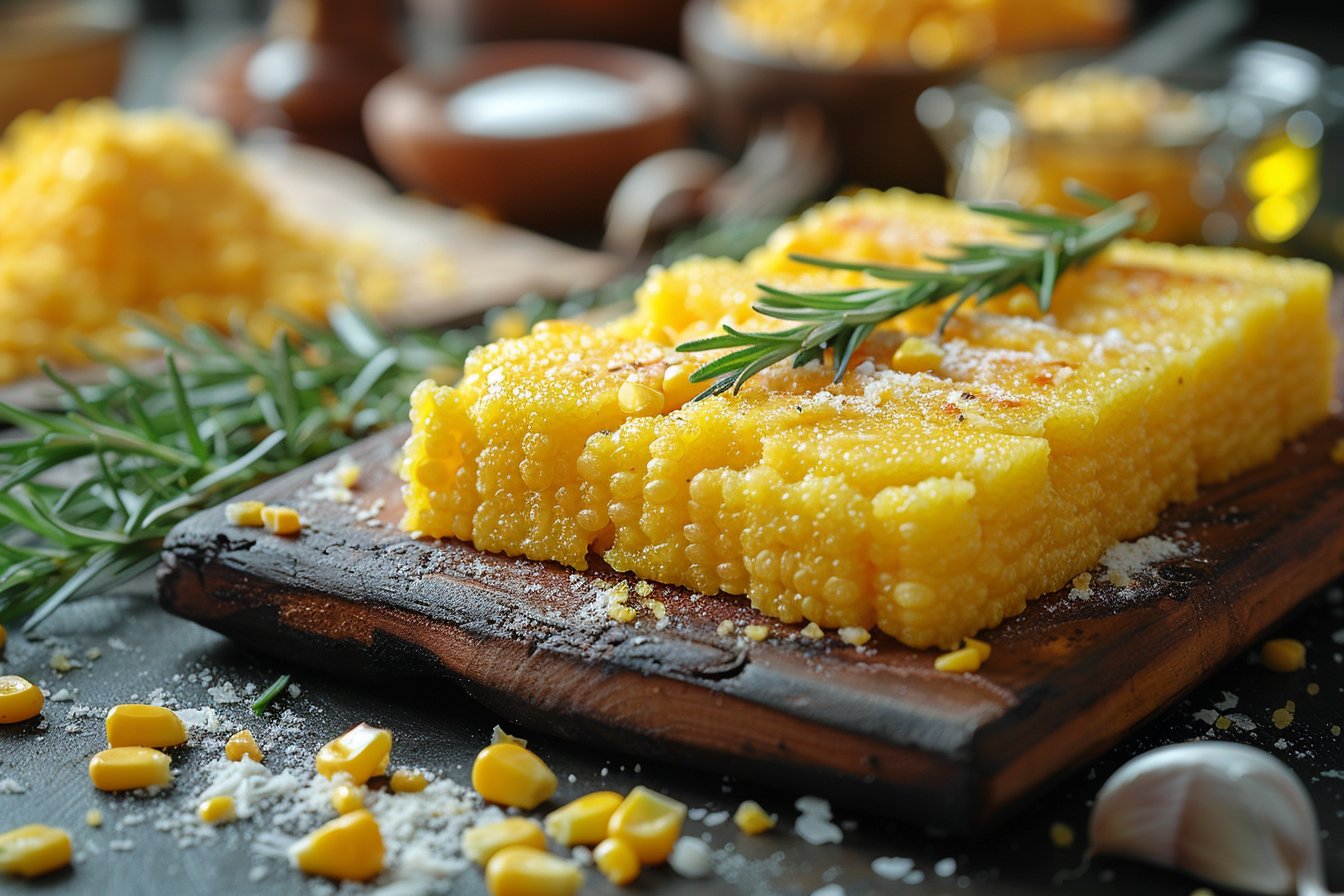Despite its humble origins, polenta has risen to great heights in Italian cuisine, permeating various regions and dining tables across the nation. What exactly is this delightful dish, and how did it make its mark on Italian culinary history?
A Brief History of Polenta
The introduction of maize, also known as corn, to Europe can be traced back to one of Christopher Columbus’ expeditions in 1492, when he brought the unfamiliar crop from the New World to the Old Continent. Since then, Italy quickly adopted maize as an essential staple food, giving rise to the versatile creation that we know today as polenta.
Polenta: Italy’s Most Popular Staple Food After Pasta and Pizza
Nowadays, polenta’s popularity is only surpassed by pasta and pizza in Italy, making it a commonly enjoyed dish all over the country. Although polenta is loved nationwide, there are three main northern regions where it is held in particularly high regard – Veneto, Lombardy, and Piedmont.
Polenta: The Golden Grain With Perfect Pairings
Simply put, polenta is a boiled cornmeal dish characterized by its golden hue, grainy texture, and sticky consistency. Despite having a rather bland taste when eaten on its own, polenta’s versatility makes it a culinary superstar. This adaptable dish combines well with a variety of flavors, both savory and sweet, making it a favorite among chefs and home cooks alike.
- Adding Vegetables: Sautéed mushrooms, spinach, or roasted red peppers pair well with polenta, adding vibrant colors and wholesome flavors.
- Mixing In Cheeses: Polenta goes well with robust cheeses like gorgonzola or parmesan, adding richness and depth to the dish.
- Pairing With Proteins: Grilled meats such as sausage, short ribs, or chicken complement the soft texture of polenta, creating a hearty meal.
- Sweet Toppings: For a dessert version, consider topping polenta with berries, nuts, honey, or chocolate sauce for a delectable treat.
Distinct Regional Varieties of Polenta
Apart from its ingenious combinations, polenta also has several regional variations across Italy. Each area has developed its unique take on polenta, utilizing local ingredients and cooking styles. Here are some noteworthy examples:
Polenta Taragna:
In Lombardy’s Sondrio province, polenta taragna is a famous dish made from a mix of maize flour and buckwheat flour. Its distinct flavor and darker color contrast with the more traditional polenta varieties.
Fried Polenta (Sgagliozza):
In Bari, Italy, locals enjoy fried polenta, popularly known as sgagliozza. These crispy golden bites make a delicious snack or appetizer.
The Ritual of Sharing Polenta
Beyond its versatility and regional distinctions, polenta embodies the essence of family and sharing in Italian culture. After a long day at work, families have often gathered around the dinner table to bond and share a warm, nourishing meal of polenta.
Preparing Polenta: At Home and In Restaurants
Though traditionally slow-cooked on a stovetop, modern convenience has made polenta even easier to prepare with the availability of instant versions that only require a few minutes of cooking time. These quick options make it a popular choice for home cooks seeking delicious and comforting dishes.
In restaurants, on the other hand, chefs often take time to perfect the art of making polenta from scratch. This involves stirring cornmeal into simmering water and continuously whisking the mixture until smooth and creamy.
Partake in the Culinary Journey of Polenta
Whether you enjoy polenta as a side dish or a main course, its unique history, incredible versatility, and strong cultural ties to Italian cuisine offer a wonderful dining experience. Dive into the world of polenta by trying different regional varieties and flavor pairings to get a taste of Italy’s homegrown golden grain.







